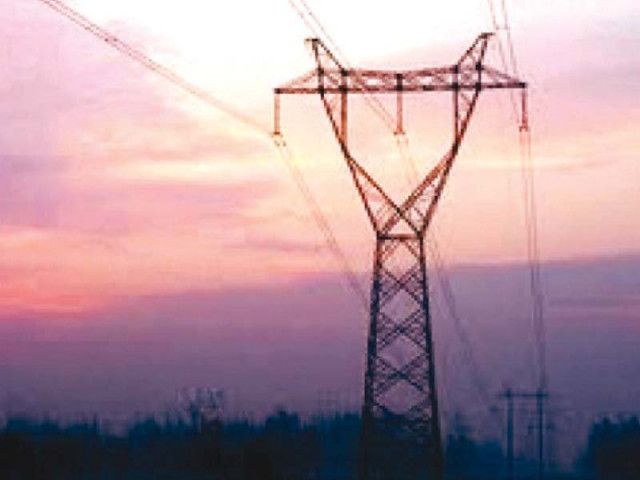Govt expects circular debt to level off this year
Power minister says country will need to double generation capacity to 55,000MW by 2030

Power minister says country will need to double generation capacity to 55,000MW by 2030. PHOTO: FILE
Vast Chinese investment has helped reduce power outages, lifting economic growth, but years of mismanagement has led to accumulated power sector payment arrears, or circular debt, rising to Rs1.4 trillion ($10.1 billion).
Economists fear the rising circular debt will further widen Pakistan’s fiscal deficit, a key part of ongoing bailout talks with the International Monetary Fund (IMF).
Power Minister Omar Ayub Khan said the decision to hike electricity tariffs, which kicked in at the start of January, would stop the sharp rise in power debt.
Govt to borrow Rs400b from banking consortium
“All of a sudden, after January 1, you have a levelling off of the circular debt, because the new tariff has kicked in,” Khan said on Tuesday.
Built into the tariff is an extra cost that will allow the government to pay off arrears from the previous year, which in 2019 should result in a Rs226-billion reduction in the circular debt, Khan added. Within three to four years, the government expects to claw back Rs470-500 billion.
The government will also recover an extra Rs43 billion annually in the circular debt parked in state-owned Power Holding Private Limited (PHPL), which holds about Rs600 billion of the Rs1.4-trillion debt. “That will take longer,” Khan said.
He said cash from a planned Rs200-billion Islamic bond will be used to retire old expensive debt and pay independent producers to ease their financial crunch.
To prevent the circular debt rising again, the government plans to crack down on power theft and modernise distribution companies and the transmission network.
SBP expects slowdown in economic growth to 4-4.5%
A new energy policy is also due to be announced soon, with plans to re-orient the energy mix. The current split in the mix is 60% fossil fuels, 30% hydel, 6% nuclear and 4% renewables.
The government wants to use more indigenous resources such as hydel and hike the renewables’ portion of the mix to 20% by 2025 and to 30% by 2030.
Khan estimates Pakistan will need to double generation capacity to 55,000 megawatts by 2030 and is seeking investors as electricity demand is rising.
“People were content with using one fan or bulb, but that’s not the case anymore,” Khan said. “You go into the most remote areas and you’ll find washing machines in people’s houses and electronic items, and that all requires electricity.”



















COMMENTS
Comments are moderated and generally will be posted if they are on-topic and not abusive.
For more information, please see our Comments FAQ